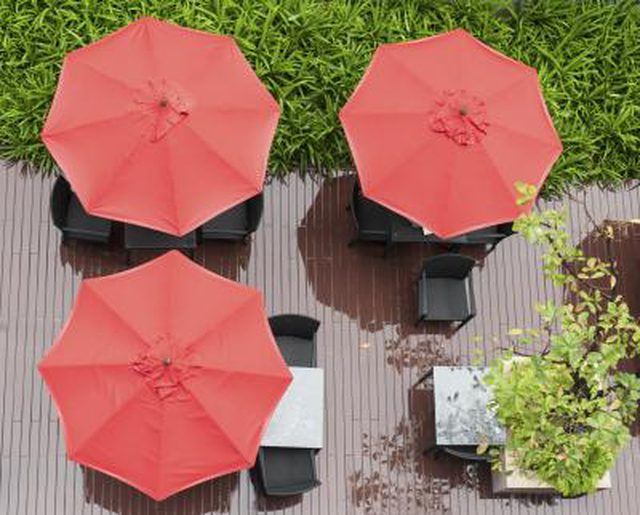Bulbs
Flower Basics
Flower Beds & Specialty Gardens
Flower Garden
Garden Furniture
Garden Gnomes
Garden Seeds
Garden Sheds
Garden Statues
Garden Tools & Supplies
Gardening Basics
Green & Organic
Groundcovers & Vines
Growing Annuals
Growing Basil
Growing Beans
Growing Berries
Growing Blueberries
Growing Cactus
Growing Corn
Growing Cotton
Growing Edibles
Growing Flowers
Growing Garlic
Growing Grapes
Growing Grass
Growing Herbs
Growing Jasmine
Growing Mint
Growing Mushrooms
Orchids
Growing Peanuts
Growing Perennials
Growing Plants
Growing Rosemary
Growing Roses
Growing Strawberries
Growing Sunflowers
Growing Thyme
Growing Tomatoes
Growing Tulips
Growing Vegetables
Herb Basics
Herb Garden
Indoor Growing
Landscaping Basics
Landscaping Patios
Landscaping Plants
Landscaping Shrubs
Landscaping Trees
Landscaping Walks & Pathways
Lawn Basics
Lawn Maintenance
Lawn Mowers
Lawn Ornaments
Lawn Planting
Lawn Tools
Outdoor Growing
Overall Landscape Planning
Pests, Weeds & Problems
Plant Basics
Rock Garden
Rose Garden
Shrubs
Soil
Specialty Gardens
Trees
Vegetable Garden
Yard Maintenance
How to Make a Patio Umbrella Stand
How to Make a Patio Umbrella Stand. For shade exactly where you want it, build your own patio umbrella holder. Especially on a large patio, just anchoring the umbrella in the hole in your table may not provide enough shade for your patio users. Simple materials and beginner do-it-yourself skills can create a colorful, imaginative umbrella holder...

For shade exactly where you want it, build your own patio umbrella holder. Especially on a large patio, just anchoring the umbrella in the hole in your table may not provide enough shade for your patio users. Simple materials and beginner do-it-yourself skills can create a colorful, imaginative umbrella holder tailored to the specific needs of the sun-lovers and shade-seekers in your family.
Things You'll Need
1 12-to-20 gallon bucket or ceramic planter with drain-holes
Hammer
Large nail or awl
Plant saucer
2 bricks (optional)
1 piece PVC pipe, diameter slightly larger than umbrella post
Tape measure
Hacksaw
10 pounds river stones or small rocks, 1 to 2 inches in diameter
10 pounds marble chips or coarse gravel, 1/2 inch in diameter
Round piece of water-permeable landscape fabric
Scissors
16 quarts potting soil
Water
Bedding plants, annual or perennial
Building Your Umbrella Holder
Position the container where you plan to use the patio umbrella. The pot gets heavy and hard to move as you fill it.
Turn the bucket over. Placing the tip of the awl or nail against the bottom of the bucket, hit it with the hammer to make drainage holes. Space six to eight holes evenly across or in a circle on the bottom of the bucket. Place the ceramic container in the drainage saucer or turn the bucket right side up and set it on the two bricks.
Cut the pipe with the hacksaw so that its top emerges 1 inch above the height of the container or pot.
Center the pipe vertically in the container. Hold it straight with one hand while adding river stones or large gravel with the other, until the pipe can stand on its own. Continue adding stones until the container is one-quarter full.
Spread the marble chips or large gravel evenly around the pipe until the container is half full.
Planting the Patio Umbrella Holder
Cut a hole large enough to slide the landscape fabric circle over the pipe in the center of the fabric, and pat it flat over the gravel. Fabric will keep the soil from sifting down through the layers of stone and clogging the drainage holes.
Fill the container to within 1 inch of its rim with potting soil. Water the soil until evenly damp but not soggy.
Plant seedlings or small plants around the pipe. Place the umbrella post in the pipe and open the umbrella.
Tips & Warnings
Before choosing plants, decide whether your umbrella holder will function year-round or just during the warm months.
If you need to store your planter indoors during the winter, mount it on a dolly to roll it on and off the patio.
Take precautions to prevent your umbrella and stand from falling over in a storm or earthquake, if you live in an area where you experience frequent gusty winds or earthquake tremors.
Choose a dolly with wheels that lock, and make it a habit to store the umbrella when bad weather is forecast.